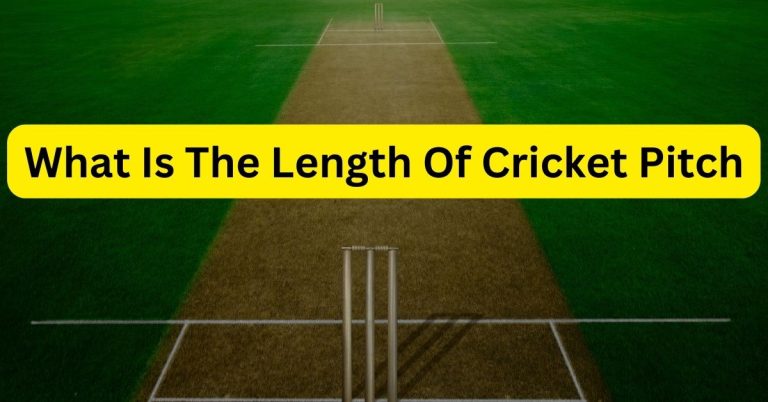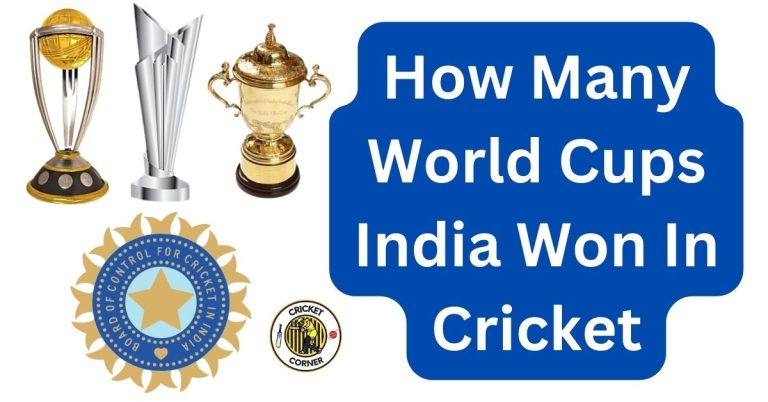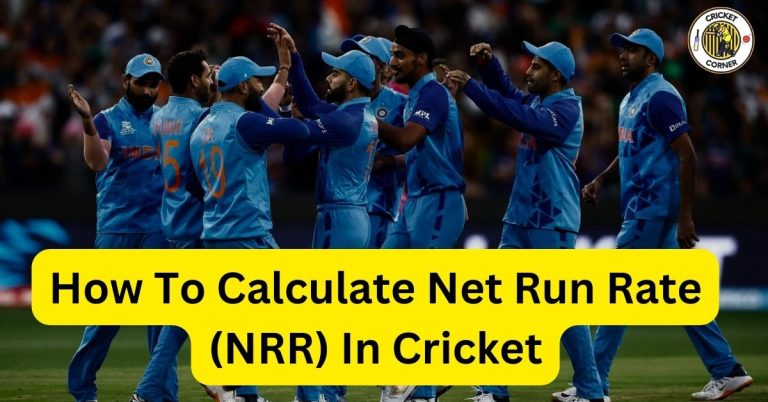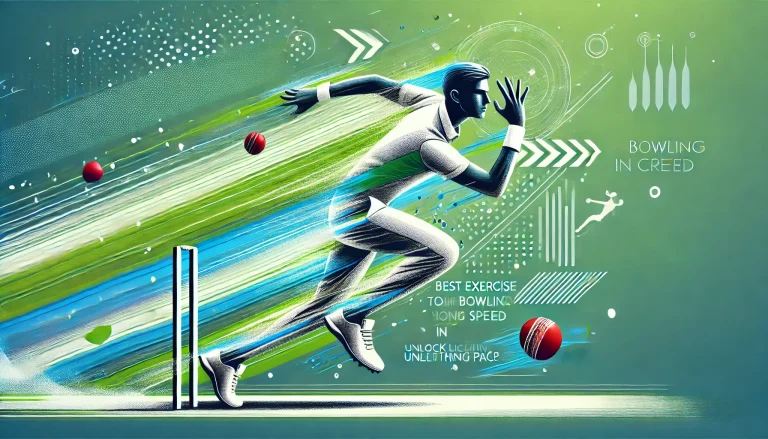What Is The Weight Of Cricket Ball
Have you ever wondered what the weight of a cricket ball is? Of course, you have! You’ve seen them fly through the air at high speeds and wanted to know just how heavy they are.
Well, wonder no more! The weight of a cricket ball can vary depending on whether it’s men’s, women’s or junior level. In this article, we’ll dive into the specifics of each so that you’ll never be left wondering again.
So let’s get started – grab your bat and let’s go find out all about the weight of a cricket ball!
Specifications for Men’s Cricket Balls
Men’s cricket balls weigh between 155.9 and 163 grams, so you can bet it’ll be a ‘heavy hitter’ in any game! The casing of the ball is made from leather and it must adhere to British Standard BS 5993 for manufacture and quality, to ensure that it meets the weight requirements set out by the Laws of Cricket.
The core consists of cork reinforced with string, which makes sure the leather casing keeps its shape even after repeated strikes with a cricket bat. The leather ball weight must remain consistent across all formats of test cricket. Whether you’re playing T20 or one-day matches, the ball will still have to meet these specifications as outlined in Law 5 of the Laws of Cricket.
Even though red and white balls may look different, there are no manufacturing differences between them; the only difference is that red balls last longer than white ones due to their coating. Pink balls were recently introduced for day-night Tests and these also come with slight variations in terms of their construction compared to regular red or white balls.
Biggest cricket ball manufacturers such as Kookaburra, Dukes and SG all produce high-quality products which comply with international standards when it comes to weight and size – so whatever format you’re playing, rest assured your leather ball weight will remain consistent!
Specifications for Women’s and Youth Cricket Balls
You’ll need to meet the specific size and shape requirements for women’s and junior cricket balls. Women’s cricket balls are usually smaller than men’s, with a circumference of between 22.4cm and 23cm and a weight between 156g and 163g.
The youth cricket ball is also slightly lighter, at 145g-155g with a circumference of 21.5cm-22.4cm.
If you’re playing in a T20 or one day match, the leather casing will likely be dyed white so that it can easily be seen under floodlights. In Test matches or first-class games, however, the traditional red leather is used for the ball’s construction.
Pink leather balls have become increasingly popular for day/night Tests as they’re easier to see under lights than ordinary red ones – though they don’t last as long because their coating wears away more quickly over time.
Meanwhile, white balls have been used since 1977 for limited overs matches as they’re easier to spot against any background color or sky conditions during play. Their weight is usually around 156g – 163g when new but can vary depending on the level of game being played (e.g., international versus local).
When choosing which type of ball to use in your next match, make sure you take into account all of these factors: material composition (leather vs pink), size & circumference (women’s vs junior), color (red vs white), and weight (145-163 grams).
It may seem like a lot to think about, but getting these details right means everyone involved can enjoy some well-played cricket!
Materials Used in Cricket Balls
You might be wondering what goes into making a cricket ball that can withstand the toughest pitches. The answer lies in the timeless combination of cork, leather, and string.
The core of the ball is made up of cork which is then reinforced by layers of string and encased in two or four pieces of leather depending on the level of game being played. This leather casing is stitched together using seams to join two hemispheres and has its equator marked by six rows of stitches.
Cricket balls must also adhere to British Standard BS 5993 for manufacture and quality specifications, so make sure you choose a reliable cricket ball manufacturer like Kookaburra, Dukes or SG when buying one.
The weight and size specifications for cricket balls vary across men’s, women’s, and junior categories – with uniformity in weight across all formats but varying depending on level of cricket. While red balls were originally used until 1977 when white ones were introduced for better visibility at night – pink balls are now used for day-night Tests instead.
Each type has no manufacturing differences other than the coating for pink ones – however red tends to last longer than white due to its thicker hide layer. On average, an adult men’s cricket ball weighs between 156-163 grams while a women’s version ranges from 142-148 grams in weight – giving you an idea about how much a typical weight of cricket ball (in gram) should be!
Cricket players must understand the correct use of bat as well as ball to produce beautiful symphony in this age-old sport – which is why it pays to know your materials! From understanding the composition through to adhering to British Standards requirements when purchasing new ones; having knowledge about these aspects will help you choose the right equipment that will get you ready for match day without any hiccups!
Manufacturing Process of Cricket Balls
You’ve probably heard of cricket balls before, but how much do you really know about the manufacturing process? It takes a unique combination of cork, leather, and string to make a cricket ball that meets the highest standards for each level of play.
The weight of a cricket ball is consistent across all formats, though it may vary slightly depending on the level. But what really sets it apart from other balls is its construction. Cricket balls are made up of two or four sections, depending on the quality needed in the game.
Sections are stitched together using strong seams to create two hemispheres with a central seam slightly raised along its equator. The leather casing can be dyed white for T20 or one-day matches and red for Test and first-class matches, while pink is used exclusively for day-night Tests.
As an added bonus, red balls tend to last longer than their white counterparts as they don’t require any extra coating! It’s no wonder that Marylebone Cricket Club has been the custodian of Laws of Cricket since 1787 – they understand just how integral correct use of bat and ball is to producing beautiful symphony in cricket.
With such strict rules governing everything from size and weight to approval by captains and umpires before matches, it’s clear why so much effort goes into ensuring each cricket ball lives up to expectations every time!
Evolution of Cricket Ball Design
Experience the evolution of cricket ball design, from its traditional red leather casing to the modern pink and white variations used today.
Red balls have been used in cricket since the game’s inception in 1787, according to Marylebone Cricket Club (MCC) Laws of Cricket. The balls were made of leather encasing a cork core, reinforced with string and sewn together with stitched seams.
The introduction of day-night Tests saw the creation of pink balls for better visibility under artificial lights. But there was another innovation that changed the face of cricket – white balls! White-ball matches were introduced in 1977 to help make it easier to spot the ball on television screens.
Kookaburra, Dukes and SG are some of the biggest manufacturers when it comes to cricket balls.
No matter what color or material it is made from, one thing remains consistent—the weight and circumference specifications for men’s, women’s and junior cricket balls remain uniform across formats but vary depending on level of play.
So let’s not forget that behind every sixer lies a perfectly formed piece of sporting equipment!
Conclusion
To conclude, cricket balls come in a wide variety of sizes and weights. For men’s cricket balls, the weight is between 155.9 and 163 grams, while women’s cricket balls weigh between 142.2 and 149.9 grams.
Both red, white, and pink balls are used in cricket matches, with manufacturers using a sophisticated engineering process to ensure each ball meets exacting standards of size and weight. Interestingly enough, each ball contains roughly 90% cork and 10% rubber – making them surprisingly lightweight for their size!
With the correct use of bat and ball essential to success on the pitch, it’s clear that the choice of ball can have a major impact on the outcome of any match.






